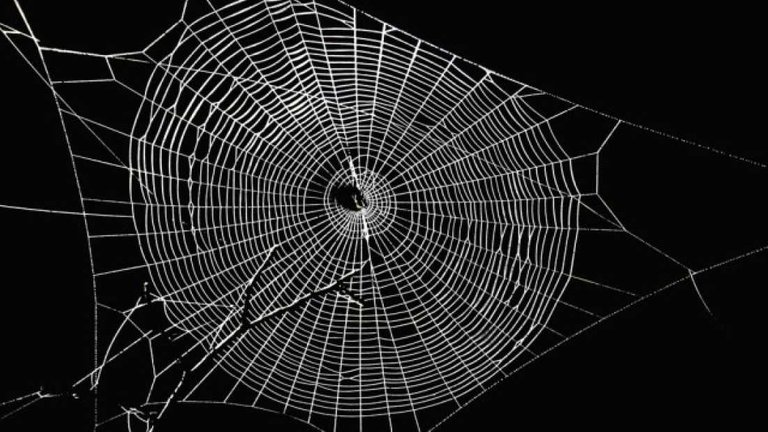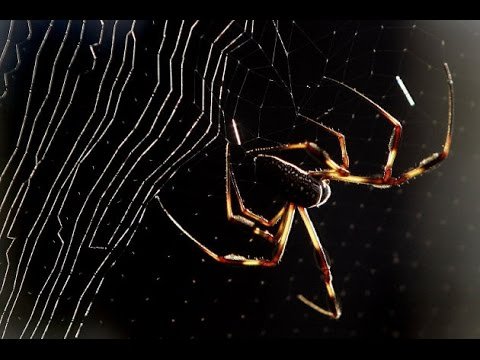Nicola Pugno from the University of Trento wondered what would happen if his team combined one of nature's strongest materials—spider silk—and one of man's strongest creations—graphene. (Why wouldn't you want to make spiders even more formidable?)

By spraying a water-graphene particle mixture on the spiders, scientists hoped that it would absorb through their exo-skeletons, infusing into their silk producing mechanisms.
Graphene is a carbon-based material that is 200 times stronger than steel and thinner than human hair. Carbon nanotubes are also extremely thin, strong and made of carbon: they resemble rolled-up chicken wire because of the way that carbon bonds with itself.
Amazingly, some spiders managed to incorporate the carbon-based particles into their silk for making webs. However, some of the spiders perished, and some produced inferior webs. The spiders that managed to absorb the solution effectively produced webs up to 4 times stronger than regular web.
It is still unknown how this was really possible, some speculating that the spiders were able to weave the carbon fibres directly into their web as they spin it out, others thinking that it was likely the spiders absorbed the nanotubes allowing the unspun web to hold the great strength, prior to the spinning process.
.jpg)
The study, published as a pre-print edition http://arxiv.org/ftp/arxiv/papers/1504/1504.06751.pdf , summarised that the spiders sprayed with the carbon nanotube mixture produced the strongest webs. The strength is comparable to the strongest carbon fibres or the material that limpet's teeth are made from.
This study points to all sorts of possibilities in how we can learn from the natural world, combining man made technology with the wonders of nature "This concept could become a way to obtain materials with superior characteristics," Pugno says on the subject of bionic materials.